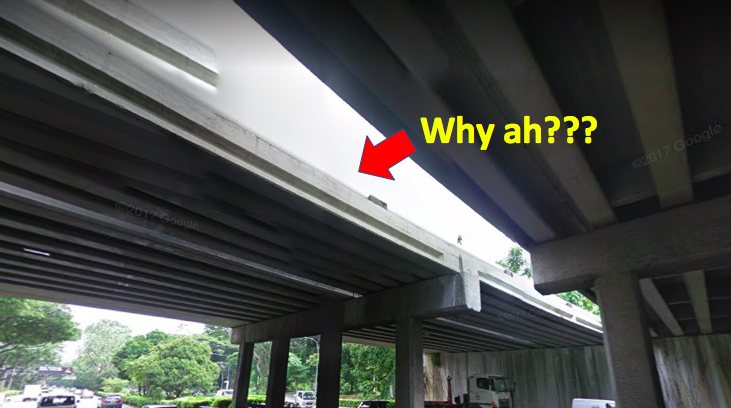There is a unique characteristic to the flyovers in Singapore that you might not have noticed before.
Take a look at these.
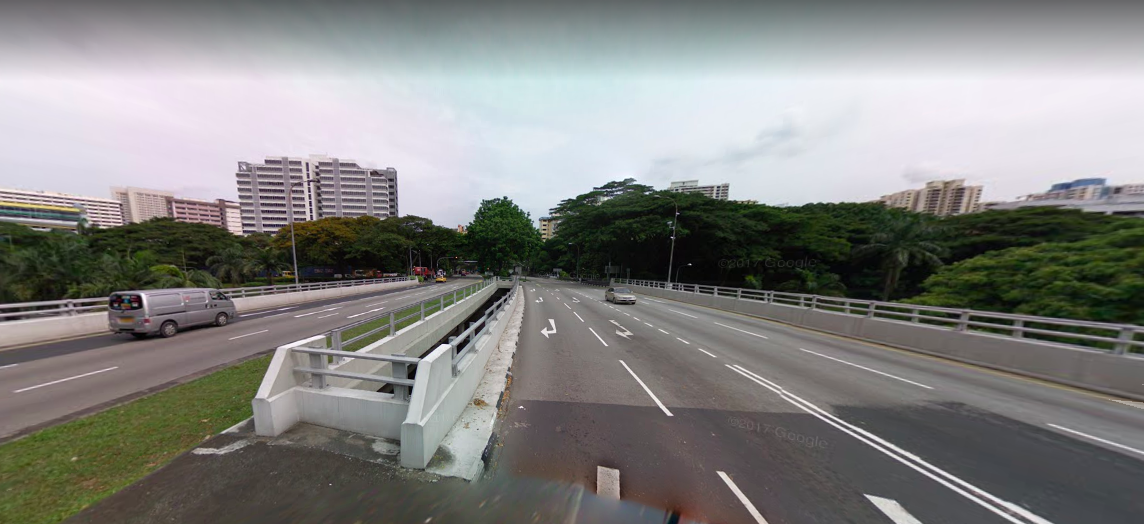 Screenshot from Google Street View
Screenshot from Google Street View
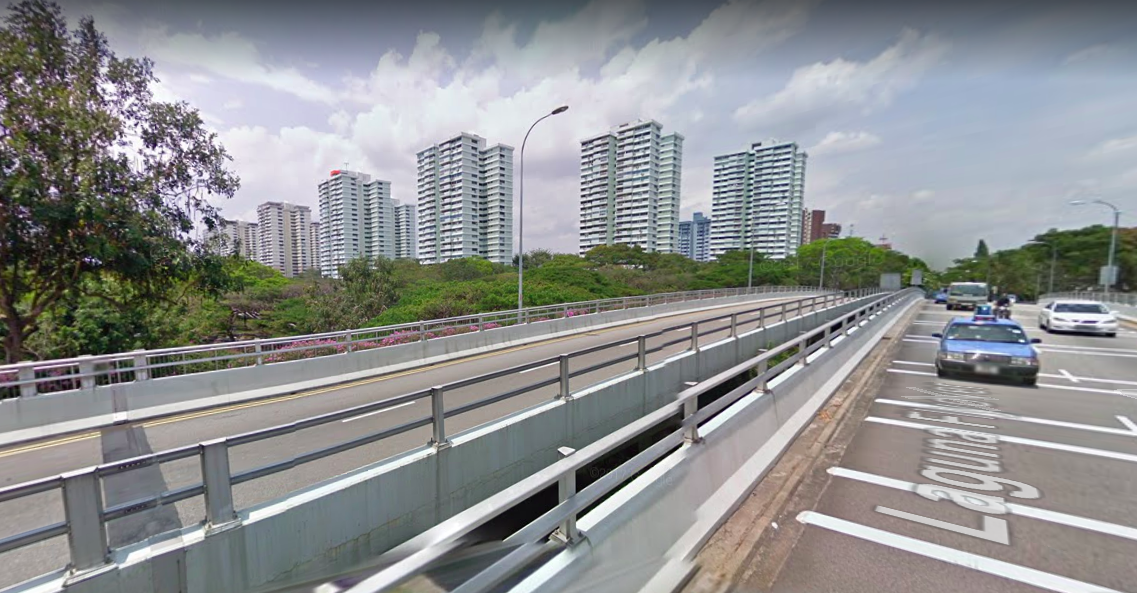 Screenshot from Google Street View
Screenshot from Google Street View
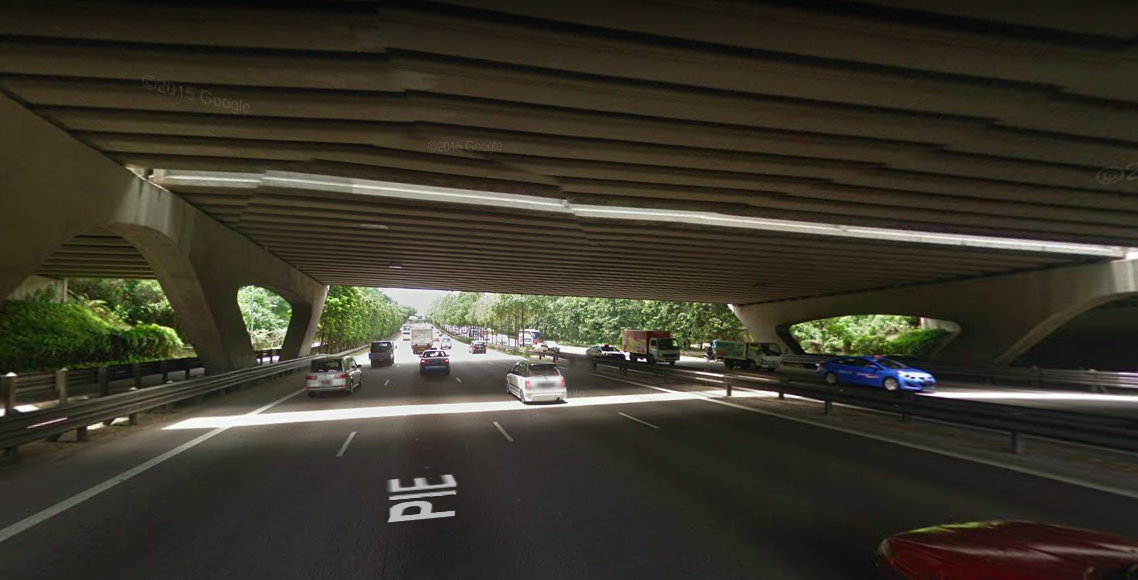 Screenshot from Google Street View
Screenshot from Google Street View
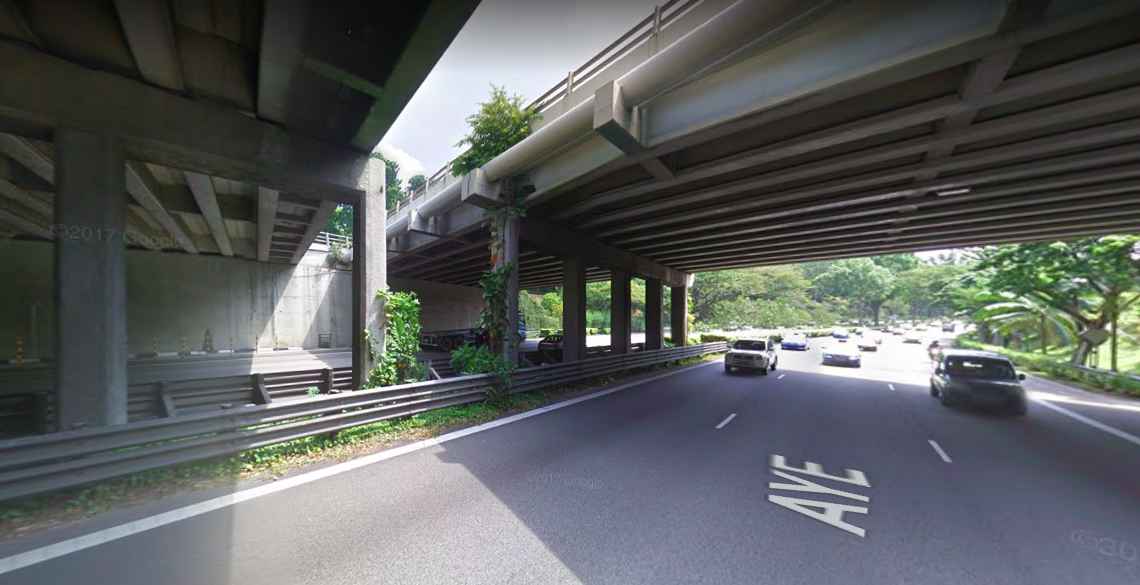 Screenshot from Google Street View
Screenshot from Google Street View
Ever wondered why is it that we have these longkangs gaps in our flyovers, considering how land-scarce Singapore is?
Greening Singapore since independence
Singapore has a well-known environmental policy to make the island a garden city that dates all the way back to the 1960s.
Believing that the creation of a garden city would make life more pleasant for Singaporeans and build up the country's reputation, founding Prime Minister Lee Kuan Yew started the movement to green Singapore with the Tree Planting Campaign in 1963.
Then in 1967, the Public Works Department (PWD) set up the Parks and Trees Unit, the predecessor to NParks, to oversee the greening of Singapore.
To coordinate the greening activities of the various government agencies, the Garden City Action Committee was formed in 1971.
All these meant that landscaping and the environment were seriously factored into various government infrastructural projects. Greenery was added to urban spaces to beautify what might otherwise be an ugly concrete jungle.
[related_story]
Ugly space underneath flyovers
As Singapore developed rapidly after independence in 1965, LKY noticed that the empty spaces underneath flyovers are too bare, empty and ugly.
So, he thought it would be better if some greenery could be added to these overlooked spaces.
But there was a problem.
Sunlight could not reach those cavernous areas for plants to grow well. So how?
Well, it seems he had just the idea to tackle the issue.
In 1980, LKY directed that flyovers should be split into two, leaving a gap in between to allow sunlight to reach the space beneath them for greenery to be planted.
He also called for the ugly concrete pillars holding up flyovers to be beautified with some greenery to improve our urban aesthetics.
From then on, gaps of at least 1.5m wide became a unique feature of our flyovers and carriageways. Plants were also used to lessen the ugliness of their concrete pillars.
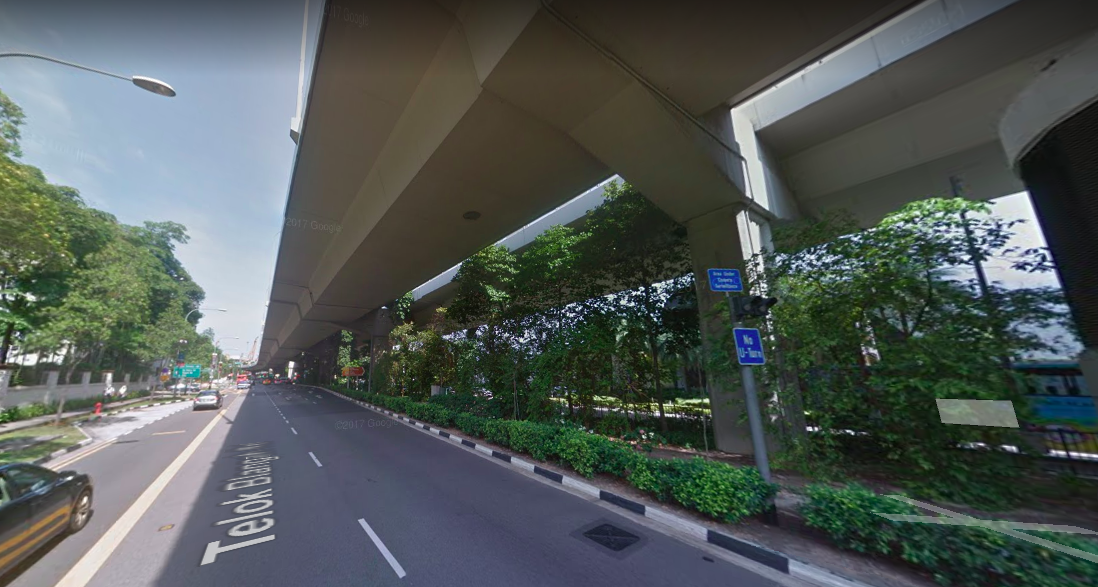 Screenshot from Google Street View
Screenshot from Google Street View
Here's a more detailed account of this story found in Environment, under the Singapore Chronicles series:
"Lee was also quick to tell the department to green the bare and empty spaces underneath the earliest flyovers. In a memo to its Commissioner on 17 September 1980, Lee directed that the department 'should split low, broad flyovers into two, allowing a gap in between for sunshine to reach the cavernous depths below'. He emphasised the importance of aesthetics in engineering designs, and that plants were necessary to cover up and soften the ugly concrete pillars below flyovers. The department convinced the engineers to construct flyovers with a length-wise split between the carriageways to allow for light and rainwater to reach the ground below, so that trees could be grown. From that point, all major flyovers in Singapore had carriageways separated by a gap of at least 1.5m wide."
Here are unrelated articles you should check out next:
You need to get with the times, both for your bank account and your life
Here are some ways Singaporeans needlessly lose money
Top image adapted from Google Street View.
If you like what you read, follow us on Facebook, Instagram, Twitter and Telegram to get the latest updates.
